Home>Furniture & Design>Interior Design Trends>How Many Women Major In Home Decor
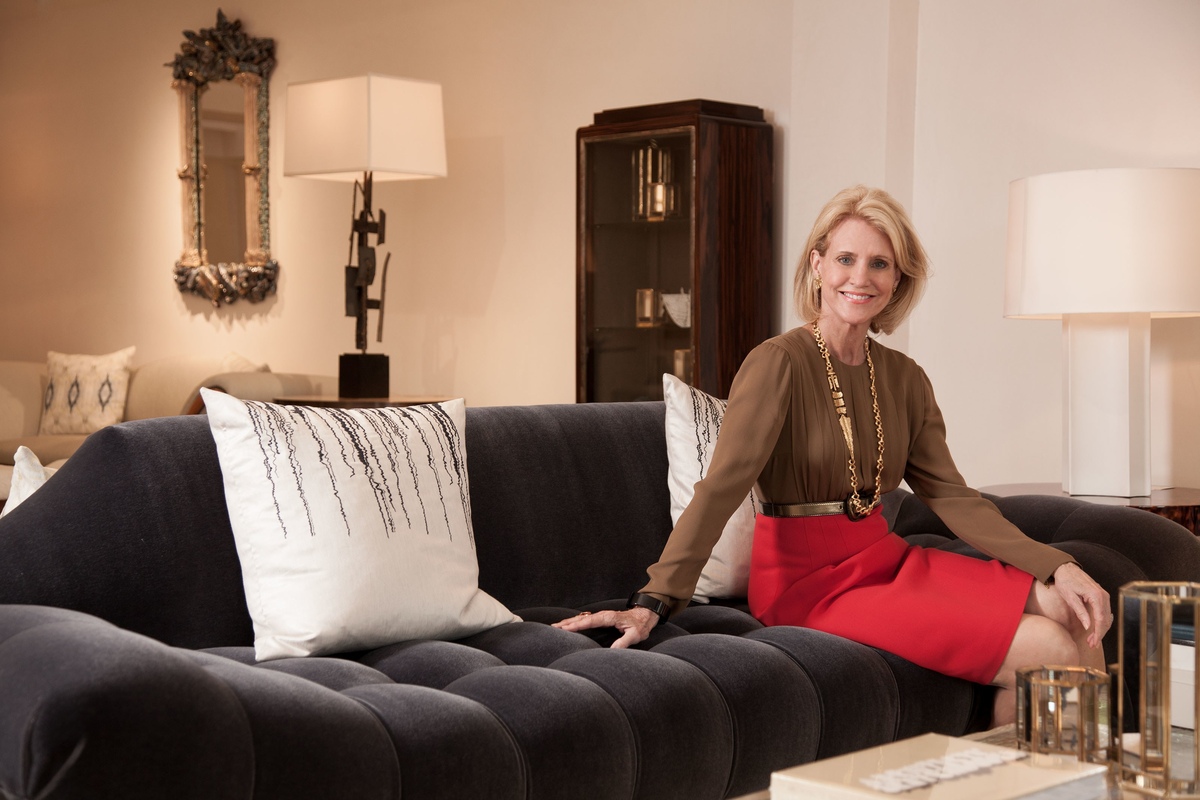

Interior Design Trends
How Many Women Major In Home Decor
Modified: January 4, 2024
Discover the latest interior design trends and find out how many women are majoring in home decor. Stay updated with the evolving world of interior design.
(Many of the links in this article redirect to a specific reviewed product. Your purchase of these products through affiliate links helps to generate commission for Storables.com, at no extra cost. Learn more)
**
Introduction
**
The world of home decor has undergone a remarkable transformation in recent decades. Once considered a predominantly male-dominated industry, home decor and interior design have experienced a significant shift with the increasing participation of women. This evolution has not only reshaped the industry but has also brought a fresh perspective to the art of creating beautiful, functional, and harmonious living spaces.
In this article, we will delve into the history of home decor, explore the rise of women in this field, examine the factors influencing women's interest in home decor, and analyze the impact of women in the home decor industry. By doing so, we aim to gain a deeper understanding of the pivotal role that women play in shaping the ever-evolving landscape of interior design and home decor.
Key Takeaways:
- Women have played a pivotal role in shaping the home decor industry, bringing diverse perspectives, sustainability, and entrepreneurship to create vibrant and inclusive living spaces.
- The increasing presence of women in home decor reflects a transformative shift, inspiring a new generation of designers and influencers, and reshaping the industry with creativity and purpose.
Read more: How Many Home Decor Does Amazon Sell
The History of Home Decor
Home decor has a rich and diverse history that spans centuries and encompasses a wide array of cultural influences. From the ornate tapestries and intricately carved furniture of the Renaissance era to the sleek, minimalist designs of the modern age, the evolution of home decor reflects the shifting tastes, values, and technologies of each era.
Throughout history, home decor has been closely intertwined with societal norms, economic prosperity, and technological advancements. In ancient civilizations, such as Egypt and Mesopotamia, interior design was a reflection of wealth and status, with lavish furnishings and elaborate decorations adorning the homes of the elite. Similarly, the opulent palaces and grand estates of the European aristocracy showcased the finest craftsmanship and luxurious materials, serving as symbols of power and prestige.
As the industrial revolution swept across the globe, home decor underwent a dramatic transformation. Mass production and technological innovations made stylish furnishings and decorative items more accessible to the middle class, leading to a democratization of design. The Arts and Crafts movement, with its emphasis on craftsmanship and natural materials, emerged as a reaction to the mass-produced goods of the era, influencing a generation of designers and homeowners.
The 20th century witnessed a series of design movements that left an indelible mark on home decor. From the art deco glamour of the 1920s to the mid-century modern aesthetic of the post-war period, each style reflected the cultural zeitgeist and pushed the boundaries of design. The latter half of the century saw the rise of interior design as a profession, with influential figures such as Elsie de Wolfe and Dorothy Draper pioneering the concept of professional decorators and elevating the status of home decor as an art form.
Today, home decor continues to evolve, influenced by global trends, technological advancements, and a renewed focus on sustainability and wellness. The history of home decor serves as a testament to the enduring significance of design in shaping our living spaces and reflecting our values and aspirations.
The Rise of Women in Home Decor
In recent decades, there has been a notable shift in the demographics of the home decor industry, with an increasing number of women making their mark as designers, decorators, and influencers. This transformation can be attributed to a variety of factors, including changing societal attitudes, educational opportunities, and the growing recognition of women’s contributions to the field.
Historically, the world of home decor was predominantly male-dominated, with men occupying the majority of leadership positions and garnering the most recognition for their design work. However, as societal norms evolved and barriers to entry began to diminish, women seized the opportunity to carve out their own space in the industry. The rise of influential female designers and decorators, such as Kelly Wearstler, Joanna Gaines, and India Mahdavi, has played a pivotal role in inspiring a new generation of women to pursue careers in home decor.
Furthermore, the proliferation of design-focused media platforms, including blogs, social media, and television shows, has provided women with unprecedented visibility and a platform to showcase their talents. This increased visibility has not only elevated the profiles of female designers but has also diversified the narratives and perspectives represented in the world of home decor.
Another crucial factor contributing to the rise of women in home decor is the expanding access to education and professional development opportunities. Design schools and programs have seen a surge in female enrollment, empowering women to acquire the skills and knowledge necessary to thrive in the industry. Additionally, mentorship programs and networking initiatives have emerged to support and nurture the next generation of female design talents, fostering a sense of community and collaboration.
As a result of these developments, women have made significant inroads into every facet of the home decor industry, from interior design and architecture to product design and styling. Their unique perspectives, innovative approaches, and attention to detail have enriched the creative landscape of home decor, leading to a more diverse and inclusive industry.
The rise of women in home decor represents a profound shift in the dynamics of the industry, signaling a future that is characterized by greater diversity, creativity, and representation. As more women continue to make their mark and shape the direction of home decor, the industry is poised to reach new heights of innovation and excellence.
According to the National Center for Education Statistics, in 2017-2018, about 92% of students majoring in home economics and related fields were women.
Factors Influencing Women’s Interest in Home Decor
The growing interest and participation of women in the realm of home decor can be attributed to a multitude of factors that have contributed to the evolution of the industry and the changing dynamics of gender roles in society. These factors encompass a wide range of influences, including cultural shifts, lifestyle preferences, economic empowerment, and the democratization of design.
One of the primary drivers behind women’s burgeoning interest in home decor is the changing societal perception of domestic spaces and their significance. Traditionally, the home has been viewed as a woman’s domain, and as such, women have historically played a central role in shaping and maintaining the aesthetics and functionality of their living environments. However, with the rise of design-focused media and the increased emphasis on home as a reflection of personal style and identity, women have been inspired to engage more deeply in the creative process of decorating and styling their homes.
Moreover, the advent of digital platforms and social media has democratized design, providing women with unprecedented access to a wealth of inspiration, resources, and community. Online platforms have empowered women to explore diverse design styles, connect with like-minded individuals, and gain the confidence to express their creativity in their living spaces. The ability to curate and share home decor ideas on social media has not only fostered a sense of community but has also amplified the voices of women in the design sphere.
Another influential factor is the increasing economic independence and empowerment of women, which has led to a greater investment in the home as a personal sanctuary and a reflection of individual tastes. As more women pursue careers and attain financial autonomy, they are increasingly inclined to allocate resources toward creating homes that embody their unique vision and aspirations. This shift has fueled a demand for design services, products, and resources tailored to the preferences and lifestyles of women, further propelling their engagement in the home decor arena.
Furthermore, the emphasis on wellness, sustainability, and mindful living has resonated strongly with women, driving a desire to cultivate nurturing and harmonious living environments. The focus on eco-friendly materials, functional design, and holistic well-being has prompted women to explore new avenues of creativity and innovation in home decor, leading to a reimagining of traditional design norms and practices.
Collectively, these factors have converged to create an environment that is conducive to women’s active participation and leadership in the home decor industry, shaping the trajectory of design and enriching the tapestry of creative expression in the realm of interior aesthetics.
The Impact of Women in the Home Decor Industry
The increasing presence and influence of women in the home decor industry have yielded profound and far-reaching impacts that have reshaped the landscape of design, entrepreneurship, and consumer trends. Women’s unique perspectives, creative prowess, and entrepreneurial spirit have not only enriched the industry but have also redefined the paradigms of home decor, leaving an indelible mark on the way we conceptualize, create, and experience living spaces.
One of the most significant contributions of women to the home decor industry is the infusion of diverse perspectives and design sensibilities, fostering a more inclusive and eclectic design ethos. Women designers and entrepreneurs have brought forth a multiplicity of styles, influences, and narratives, challenging traditional norms and expanding the boundaries of design. This infusion of diversity has led to a more vibrant and dynamic design landscape, offering consumers a rich tapestry of options that cater to a spectrum of tastes and preferences.
Moreover, women have played a pivotal role in championing sustainability, wellness, and ethical practices within the home decor industry. With a heightened focus on environmentally conscious design, responsible sourcing, and mindful consumption, women have spearheaded initiatives that prioritize the well-being of both individuals and the planet. This emphasis on sustainable and ethical design practices has not only elevated the industry’s commitment to social and environmental responsibility but has also resonated deeply with consumers seeking to align their values with their purchasing decisions.
Women’s impact on the entrepreneurial landscape of home decor cannot be overstated. The rise of female-owned design firms, product lines, and creative ventures has injected a spirit of innovation and entrepreneurship into the industry, propelling it into new realms of possibility. Women entrepreneurs have brought fresh perspectives, business acumen, and a keen understanding of consumer needs to the forefront, driving the development of innovative products, services, and experiences that resonate with a diverse and discerning clientele.
Furthermore, women have been instrumental in fostering a sense of community and collaboration within the home decor industry. Through mentorship programs, networking initiatives, and advocacy efforts, women have created supportive ecosystems that empower emerging talents, nurture creativity, and amplify diverse voices. This spirit of collaboration has engendered a culture of inclusivity and mutual support, laying the foundation for a more equitable and vibrant industry.
Ultimately, the impact of women in the home decor industry extends beyond the realms of design and commerce, permeating the very essence of how we conceive of and inhabit our living spaces. By championing diversity, sustainability, entrepreneurship, and community, women have catalyzed a transformation that has enriched the industry and elevated the art of home decor to new heights of creativity, purpose, and resonance.
Read more: These 7 Major Home Renovations Add Value
Conclusion
The evolution of the home decor industry, marked by the increasing influence and participation of women, stands as a testament to the transformative power of creativity, entrepreneurship, and cultural evolution. As women continue to shape the trajectory of home decor, their impact reverberates across every facet of the industry, from design and entrepreneurship to consumer trends and societal values.
The history of home decor reflects a rich tapestry of design movements, cultural influences, and technological advancements, each contributing to the ever-changing aesthetics and functions of living spaces. The rise of women in home decor represents a pivotal chapter in this narrative, characterized by diversity, innovation, and a reimagining of traditional paradigms.
Factors such as changing societal attitudes, increased educational opportunities, and the democratization of design have propelled women to the forefront of the industry, inspiring a new generation of designers, entrepreneurs, and influencers. Their unique perspectives, creative prowess, and entrepreneurial spirit have not only enriched the industry but have also redefined the paradigms of home decor, leaving an indelible mark on the way we conceptualize, create, and experience living spaces.
Women’s impact on the industry is multifaceted, encompassing a broad spectrum of contributions that have reshaped the design landscape, fostered sustainability and wellness, driven entrepreneurship, and cultivated a sense of community and collaboration. Their influence extends beyond the realms of design and commerce, permeating the very essence of how we conceive of and inhabit our living spaces.
As the home decor industry continues to evolve, propelled by the creativity, vision, and leadership of women, it is poised to reach new heights of innovation, diversity, and inclusivity. The future of home decor is shaped by the convergence of diverse voices, perspectives, and talents, creating a dynamic and vibrant tapestry of design that resonates with the aspirations and values of a global audience.
In embracing the transformative power of design, entrepreneurship, and community, women have ushered in an era characterized by creativity, purpose, and resonance, ensuring that the art of home decor remains a vibrant and ever-evolving reflection of the human experience.
Frequently Asked Questions about How Many Women Major In Home Decor
Was this page helpful?
At Storables.com, we guarantee accurate and reliable information. Our content, validated by Expert Board Contributors, is crafted following stringent Editorial Policies. We're committed to providing you with well-researched, expert-backed insights for all your informational needs.


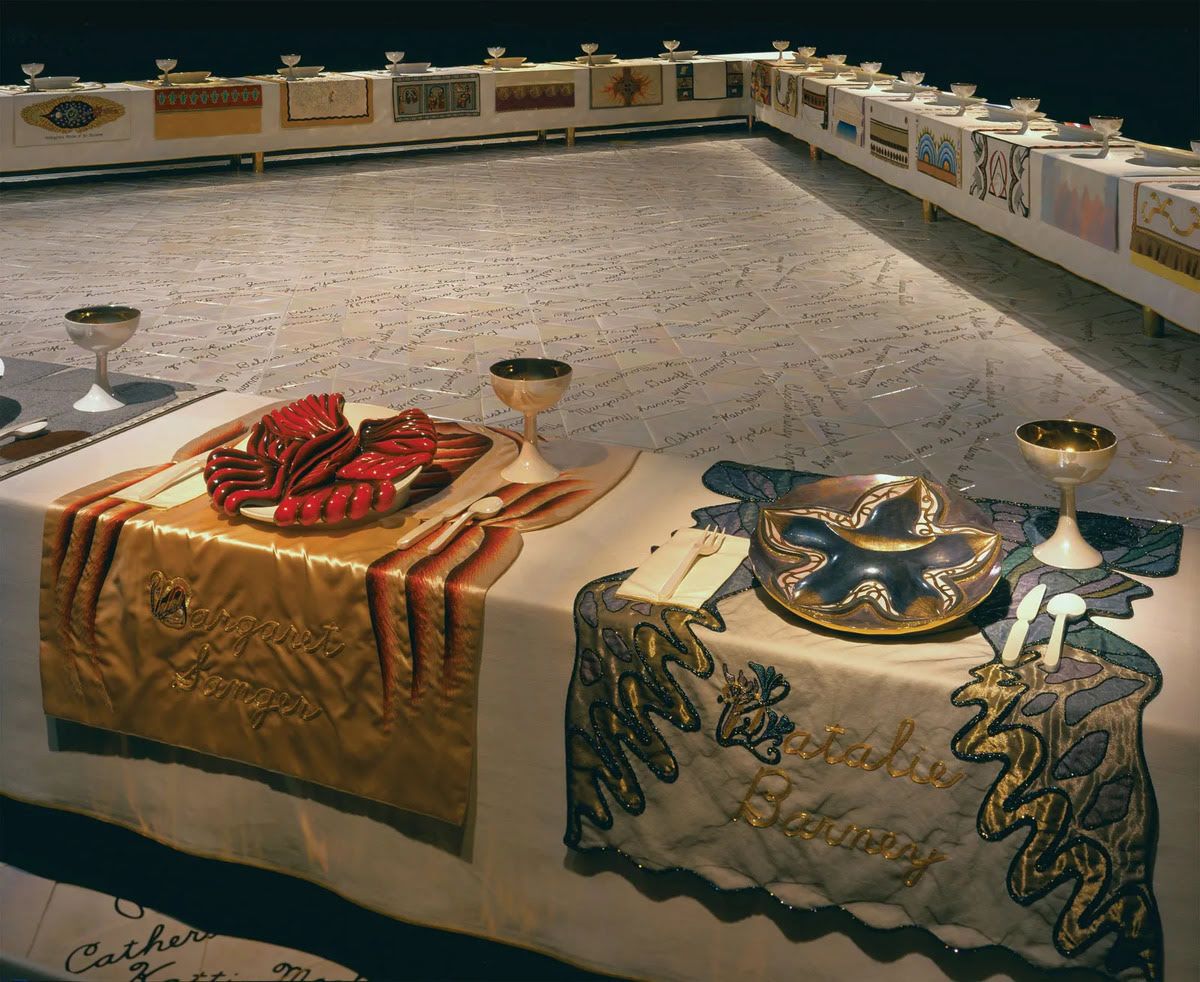


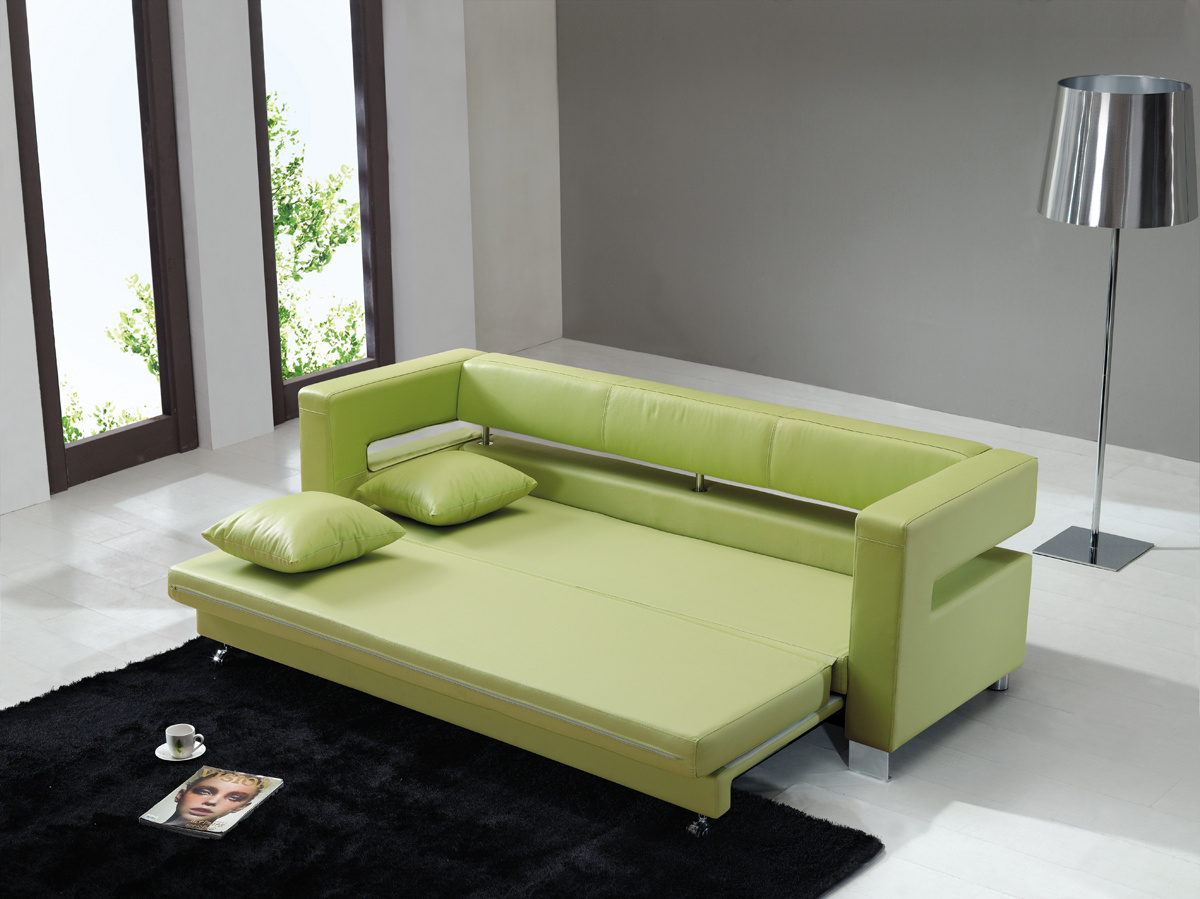
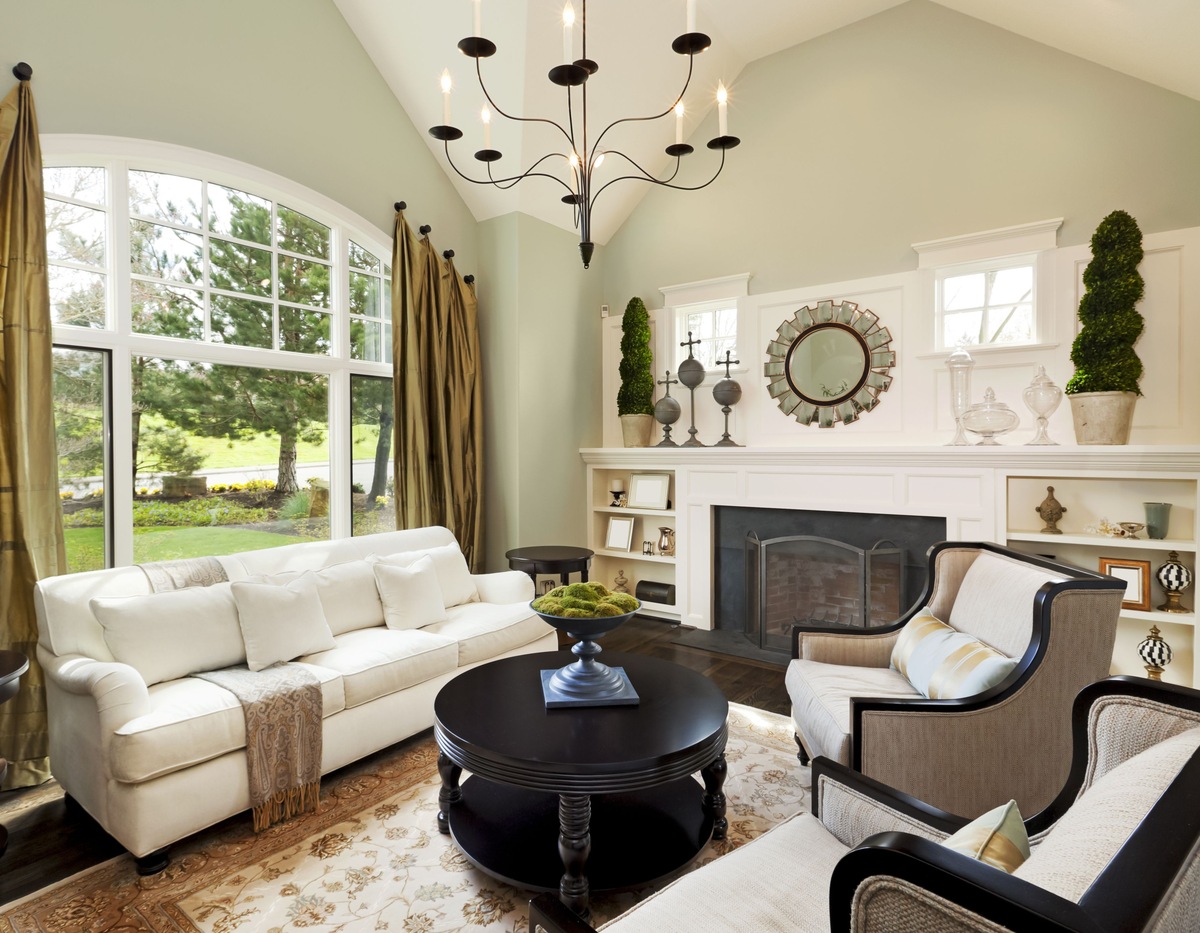
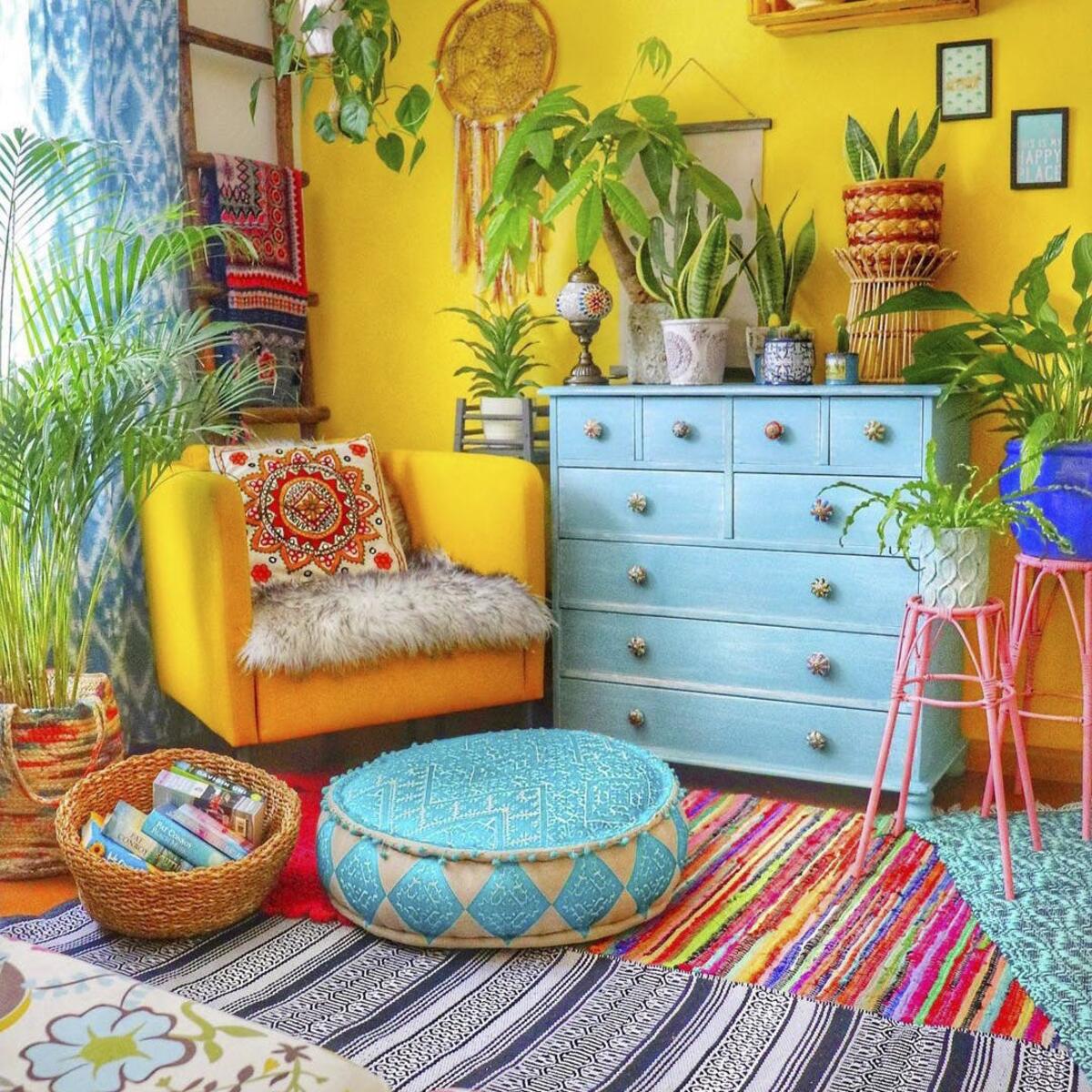
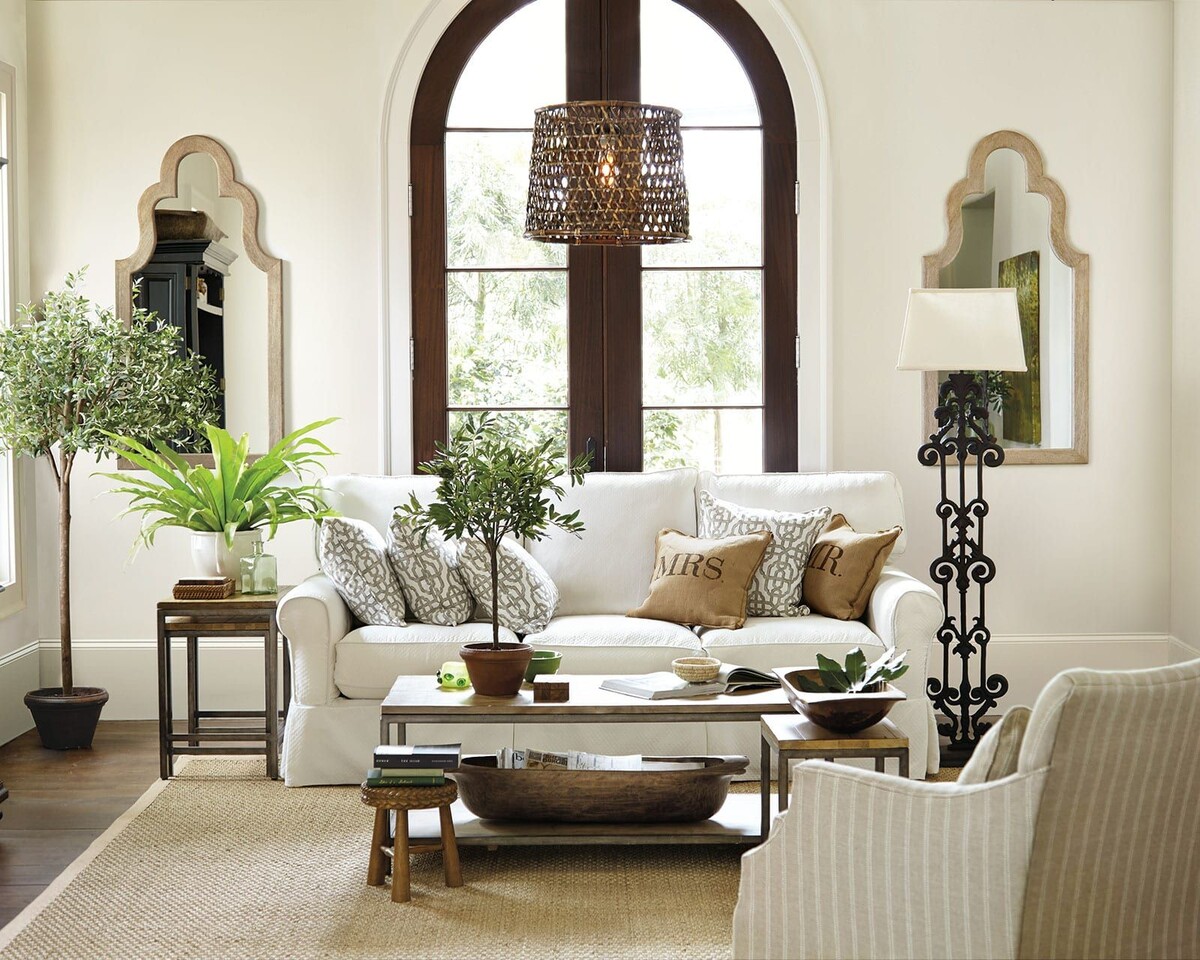
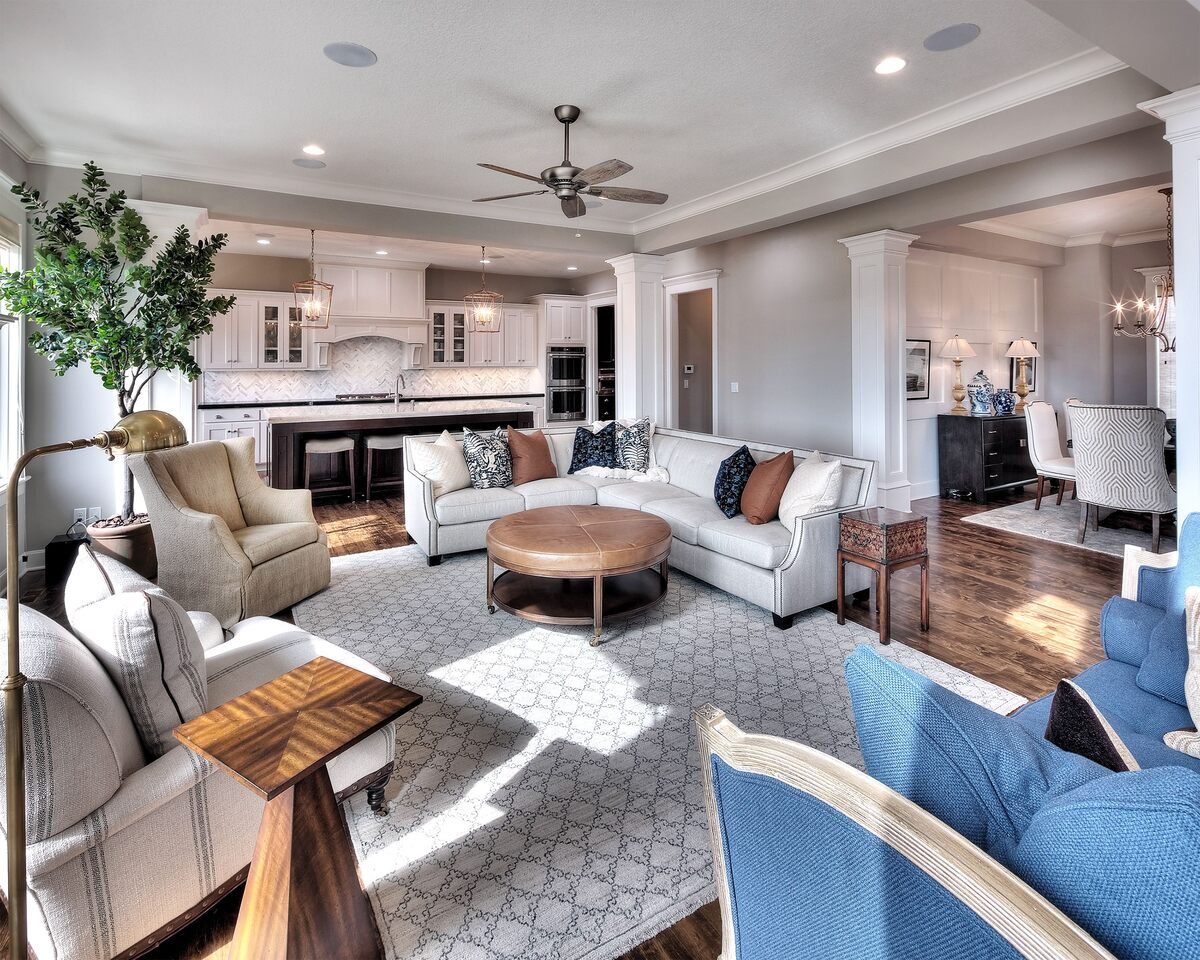
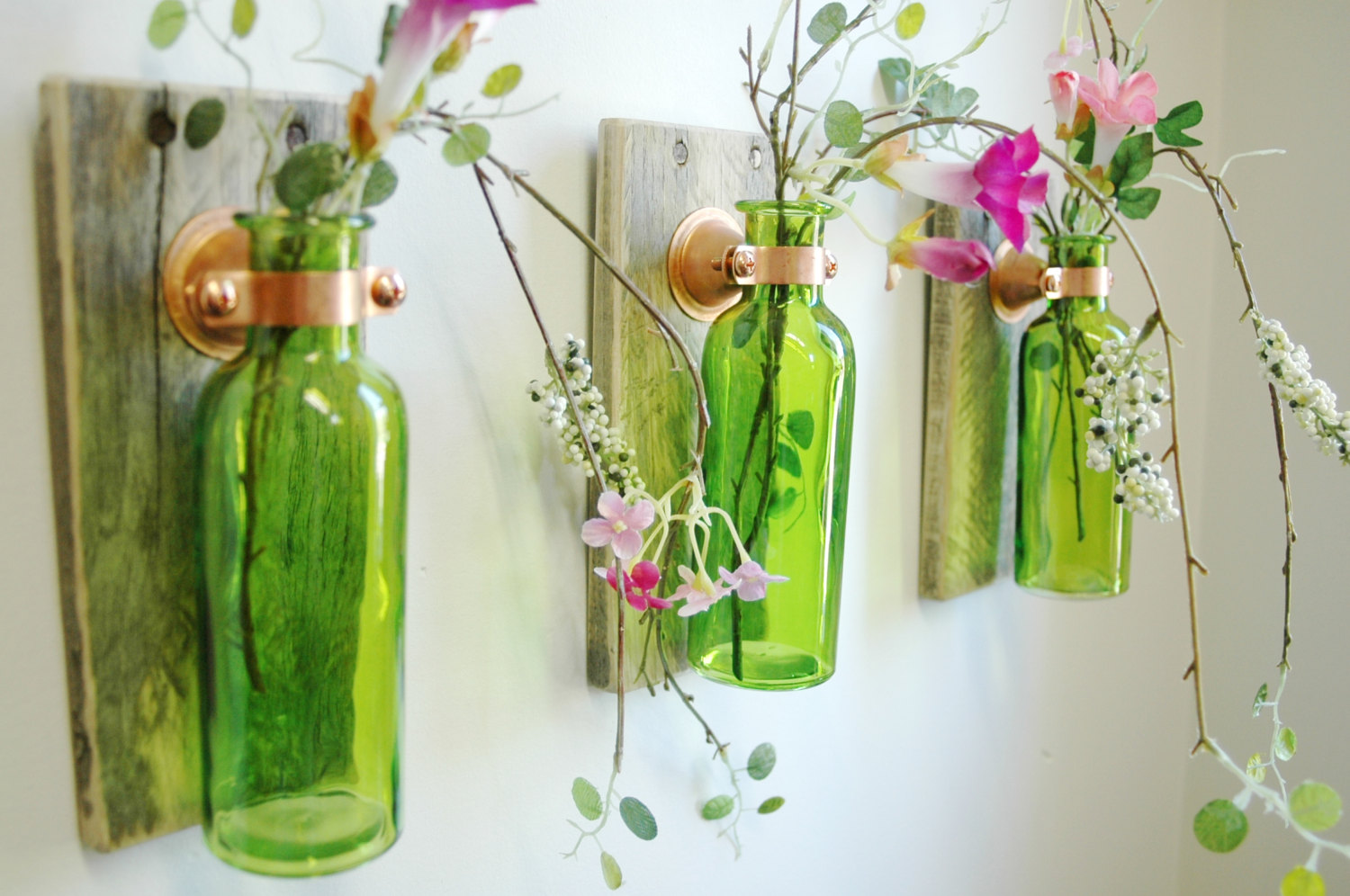
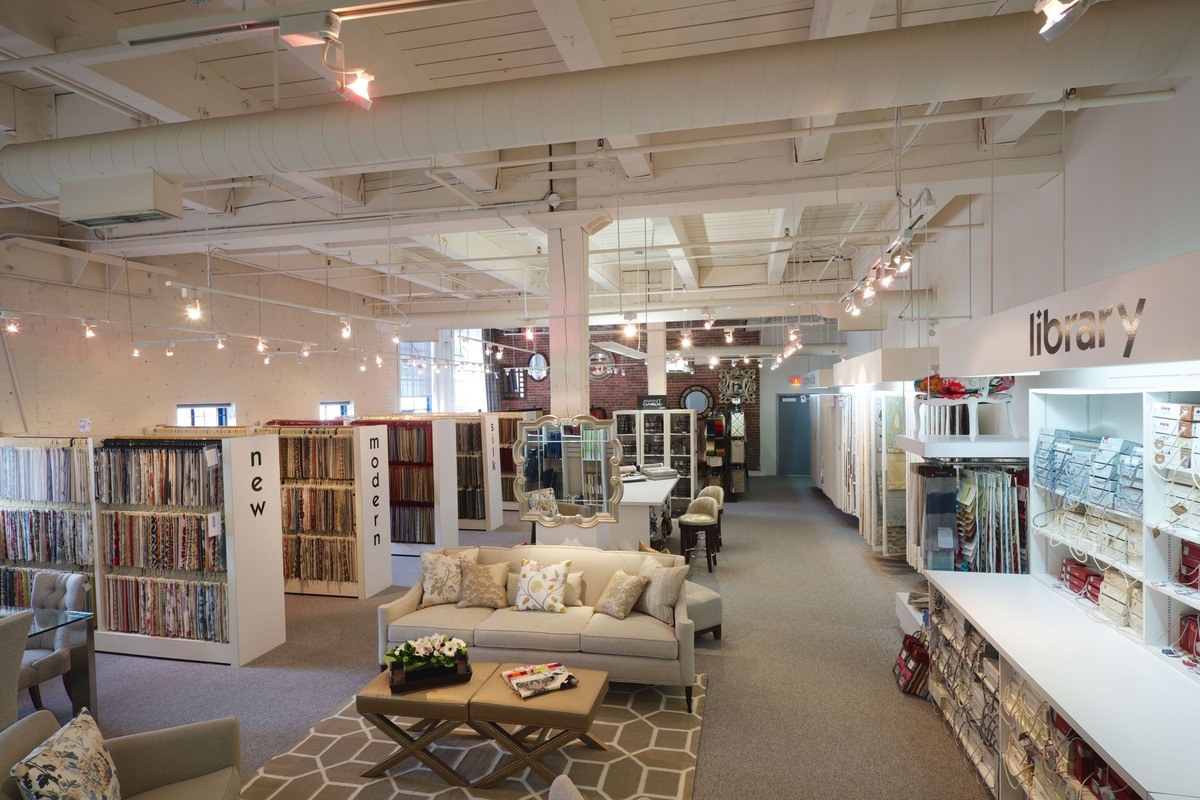
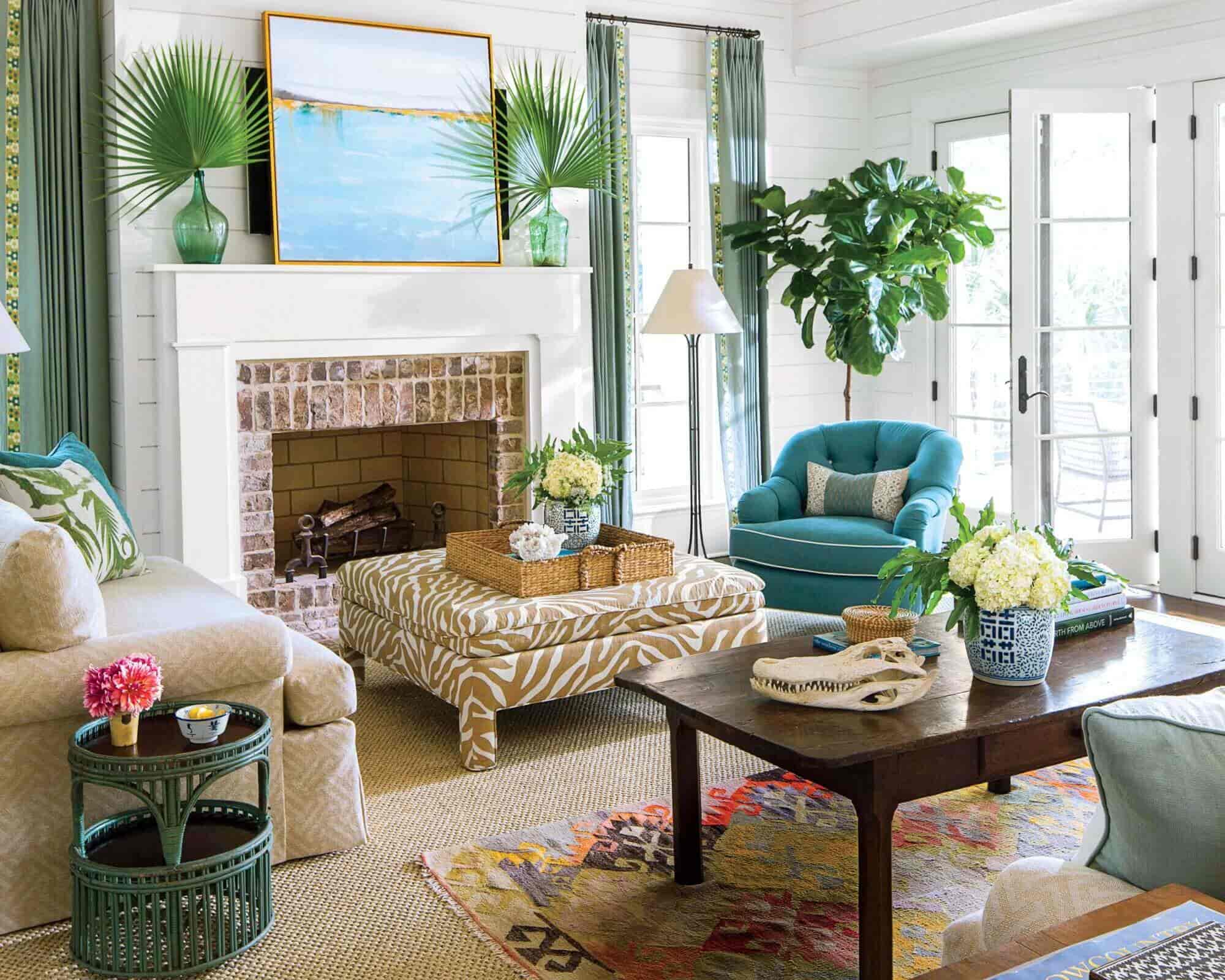
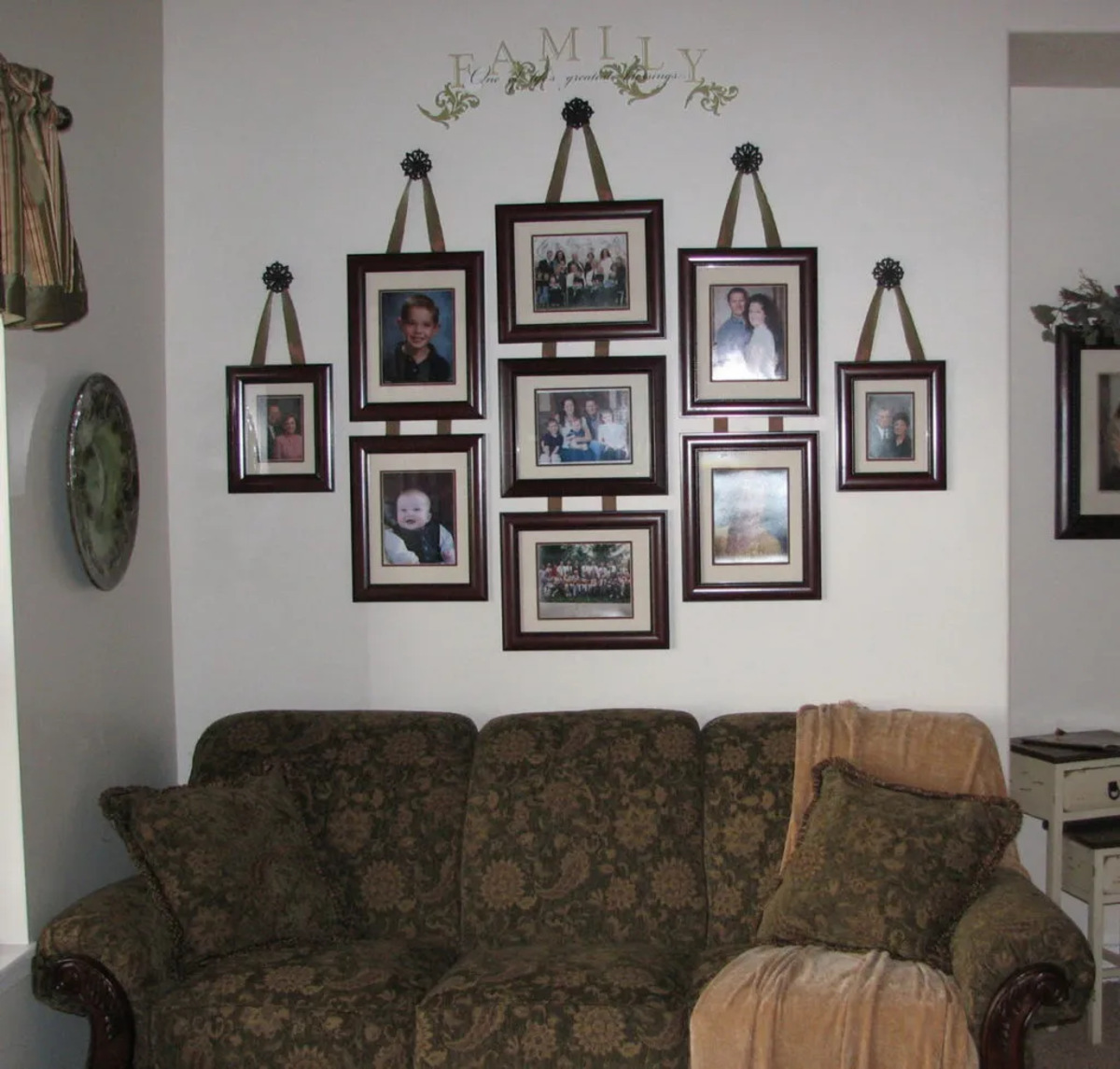

0 thoughts on “How Many Women Major In Home Decor”